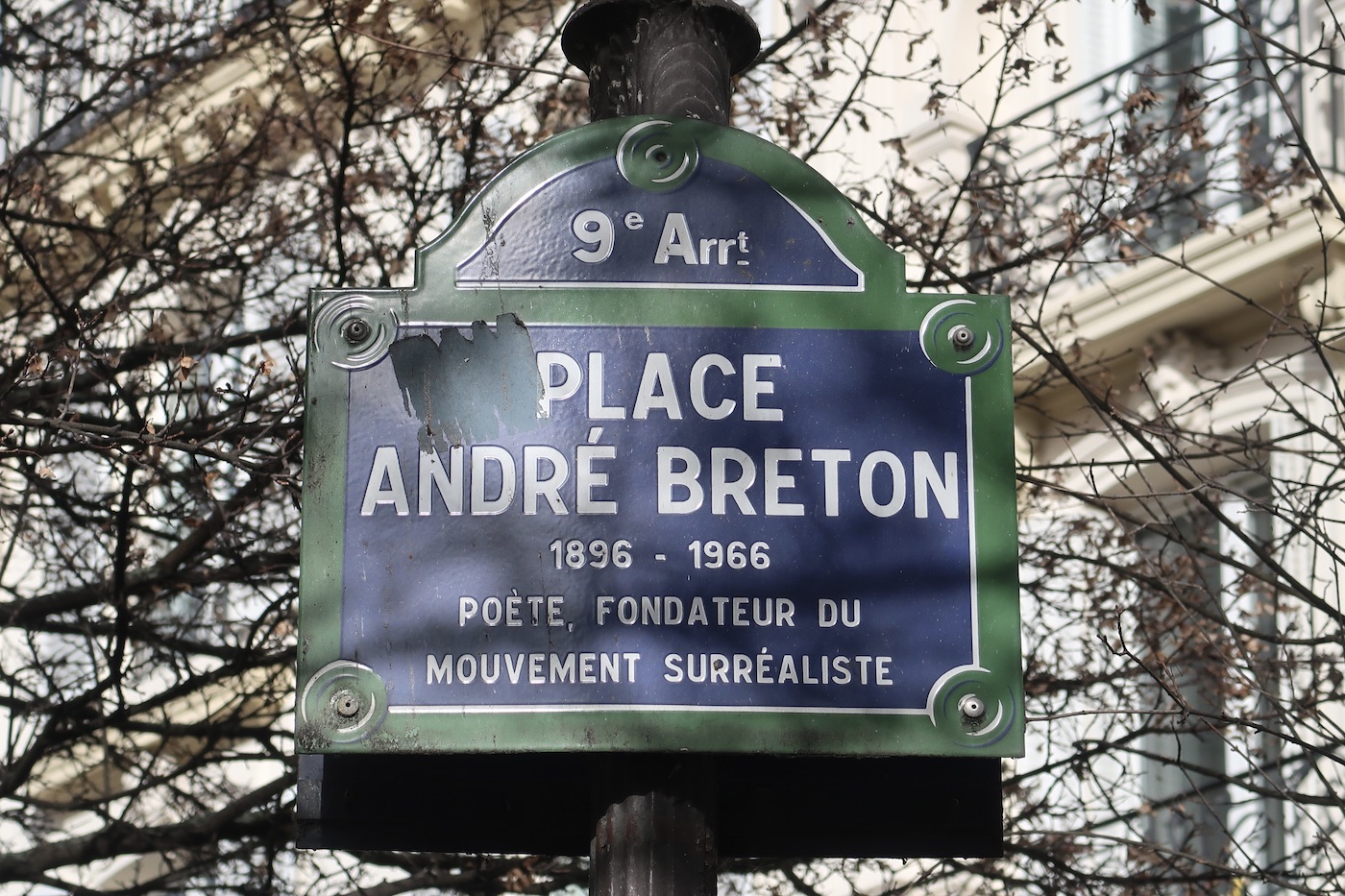Surrealism emerged in the early 20th century as a radical artistic and literary movement that sought to unlock the power of the unconscious mind. It is a response to the rationalism and order of society, particularly in the aftermath of World War I, which shattered the perceived stability of the modern world. Led by André Breton, Surrealism aimed to liberate the creative potential of the human psyche by tapping into dreams, fantasies, and the irrational. Now, after one hundred years, the movement still inspires generations drawn to this popular visual and literary art genre.
The Birth of Surrealism: The Surrealist movement was founded in the early 1920s, with its official beginnings often attributed to the publication of the “Manifesto of Surrealism” by André Breton in 1924. This manifesto outlined the principles and goals of the Surrealist movement, which sought to unlock the creative potential of the unconscious mind and explore the realms of dreams, fantasies, and the irrational. Breton and other leading figures in the movement sought to break free from rationalism and embrace spontaneity and the subconscious in artistic and literary expression. Drawing inspiration from Freudian psychoanalysis, Breton and other Surrealists believed that the unconscious mind held the key to authentic artistic expression. They sought to bypass conscious thought and embrace the spontaneous, uncensored flow of ideas. The movement attracted diverse artists, writers, poets, and thinkers, including Salvador Dalí, Max Ernst, Joan Miró, René Magritte, and Man Ray. These pioneers experimented with automatic writing, spontaneous drawing, and dream analysis to access the deeper recesses of the human imagination.

Key Themes and Techniques: Surrealist art is characterised by its dreamlike imagery, juxtaposition of unrelated elements, and exploration of the irrational and absurd. Artists often employed techniques such as biomorphism (depicting organic forms), metamorphosis (transforming one object into another), and trompe-l’oeil (creating optical illusions) to challenge conventional reality.
One of the most iconic Surrealist techniques is “exquisite corpse,” a collaborative drawing or writing exercise where participants contribute to a work without knowing what others have created. This method fosters spontaneity and surprises, producing unexpected combinations of imagery and ideas.
Another hallmark of Surrealism is the use of everyday objects in unexpected contexts. Artists like Dalí and Magritte imbued ordinary objects with symbolic significance, inviting viewers to question the nature of reality and perception. Dalí’s melting clocks in “The Persistence of Memory” and Magritte’s bowler-hatted men in “The Son of Man” are prime examples of this approach.
Surrealism in Literature and Film: Besides visual art, Surrealism profoundly impacted literature and film. Writers such as André Breton, Paul Éluard, and Louis Aragon embraced automatic writing and stream-of-consciousness techniques to create poetic, hallucinatory prose. Their works often explore themes of desire, madness, and the subconscious.
Surrealist cinema, pioneered by directors like Luis Buñuel and Jean Cocteau, challenged narrative conventions and traditional storytelling. Films like Buñuel’s “Un Chien Andalou” and “The Discreet Charm of the Bourgeoisie” employ dream logic and non sequitur to disrupt audience expectations and provoke thought.
Surrealism in Popular Culture: The influence of Surrealism extends far beyond the confines of the art world, permeating popular culture in myriad ways. Surrealist imagery and concepts have left an indelible mark on contemporary society, from advertising and fashion to music and comics.
In fashion, designers like Elsa Schiaparelli and Alexander McQueen have drawn inspiration from Surrealist art, incorporating whimsical motifs and unexpected juxtapositions into their collections. Schiaparelli’s iconic “Lobster Dress” and McQueen’s surreal runway spectacles pay homage to the movement’s avant-garde spirit.
In music, Surrealism finds expression in the experimental sounds of artists like the Beatles, Pink Floyd, and Björk. Their music often defies traditional structures and embraces unconventional instrumentation, echoing Surrealism’s rejection of rationality and order.
Surrealist themes also permeate the world of advertising and marketing, where surreal imagery is used to captivate audiences and challenge conventional wisdom. Brands like Absolut Vodka, Volkswagen, and Nike have employed Surrealist aesthetics to create memorable campaigns that linger in the collective imagination.
In literature, the legacy of Surrealism lives on in the works of contemporary authors like Haruki Murakami and Gabriel García Márquez. Their novels blur the boundaries between reality and fantasy, inviting readers into dreamlike worlds populated by magical realism and existential angst.
Surrealism continues to inspire global audiences with its radical vision and boundless creativity. As a cultural movement, it challenges us to question the nature of reality, embrace the irrational, and explore the depths of the human psyche. From its inception in the early 20th century to its enduring influence on popular culture today, Surrealism remains a testament to the power of imagination and the limitless possibilities of artistic expression.
Top Photo: Wiki Commons ZoomViewer Words: P C Robinson © Artlyst 2024
Read the Surrealist Manifesto Here

